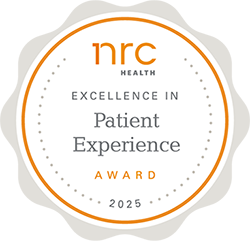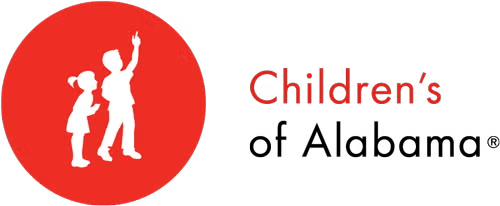Information and Resources
Who Gets PCD?
As many as 25,000 Americans and 400,000 people worldwide suffer from PCD. There is no identified ”at risk” population in terms of race, ethnicity, heritage or gender. However, as with all recessively inherited disorders, there appears to be a higher incidence of PCD in cultures where marriage between close relatives is allowed or where the society is isolated by geographic (e.g., island areas) or cultural practices, and the gene pool is small. PCD affects males and females equally. Because the diagnosis is difficult to make, only a small number of individuals with the disorder have been identified.
How is PCD Diagnosed?
The diagnosis of primary ciliary dyskinesia (PCD) requires the presence of one or more of the following:
Chronic sinopulmonary (sinus, ear and lung) disease:
- Chronic cough (often wet sounding) and sputum production
- Chronic wheeze and air trapping
- Obstructive lung disease on lung function tests. Persistent colonization with pathogens ( germs that cause infection) not commonly found in healthy individuals, like pseudomonas aeruginosa, staphylococcus aureas and haemophilus influenza.
- Chest x-ray or other imaging studies with chronic abnormalities
- Sinus x-ray or other imaging studies with chronic abnormalities
- Chronic otitis media (ear fluid or infection)
- Mild or very severe neonatal respiratory distress
- Chronic nasal congestion dating from the newborn period
Abnormality in chest and abdominal organ placement, which may manifest as:
- Situs inversus totalis or mirror-image reversal of all internal organs, with all organs typically functioning just fine in their mirror image position, or
- Situs ambiguous, also known as ”heterotaxy,” a condition characterized by the abnormal placement of organs due to failure to establish the normal left-right patterning during embryonic development (Medicinet.com definition). Heterotaxy is often associated with congenital defects of one or more organs, and is especially associated with congenital heart defects which may be mild and manageable or complex and severe.
- Specific ciliary ultrastructural defects identified by transmission electron microscopy or TEM. This "gold standard" diagnostic test for primary ciliary dyskinesia requires a biopsy of ciliated airway tissue usually taken by brush sample or scraping of either the nose or the trachea.
- Positive clinical genetic testing for PCD.
- In addition, measurement of nasal nitric oxide (NO), while not diagnostic, can be a very useful screening tool in PCD, which is characterized by unusually low levels of nasal NO.
How is PCD treated?
Most of the treatments used in PCD are aimed at reducing the problems caused by ineffective mucociliary clearance.
Ways to help clear the airways (lungs)
There are several types of treatment to help clear mucus from the airways and keep them healthy and free from infection:
- Airway clearance therapy (ACT), such as vest devices or chest physiotherapy (CPT)
- Medication to open the airways and help to relax tightened airways. These drugs are called bronchodilators. Other medications can help to reduce irritation and swelling. These drugs are called steroids. Bronchodilators and steroids may be used separately or together and very often are given by metered-dose inhaler or MDI, nebulizer or other inhaled method.
- Medication to thin the mucus can help with airway clearance. These medicines are called mucolytics. Most mucolytics are inhaled using a nebulizer.
- Medication to treat infections. Particles that get stuck in the airways are germs, like viruses and bacteria. When germs try to set up in the airways, the result is called an infection. Infections that are caused by germs called bacteria can be treated using medicines called antibiotics. Antibiotics do not work for all types of infection and only certain antibiotics work against certain bacteria, so it is important to get a sample of the mucus, called a culture, so the doctor can see exactly what bacteria are growing in the lungs and use the right antibiotic to treat the infection.
Ways to help clear the sinuses
Pain and stuffiness in the sinuses can be very uncomfortable for people with PCD. There are several things can help with these problems:
- Sinus rinsing/irrigation to wash out the nose and sinus areas to make mucus easier to move and to flush away germs and other particles.
- Medications to help dry up nasal and sinus mucus.
- Surgery to drain and rinse the sinuses.
Ways to help clear the ears
People with PCD may have pain, drainage or infection in their ears from time to time. The physician will perform frequent ear exams. Here are some ideas to help with these problems:
- Medications to treat ear infections.
- Surgery for myringotomy tube placement to allow fluid behind the eardrum to drain out and relieve pressure.
Resources
What are Pulmonary Function Tests? (PDF)
How do I mix Saline Nasal Irrigations? (PDF)
How can I assess my child’s breathing? (PDF)

Information was provided by the Primary Ciliary Dyskinesia Foundation.










